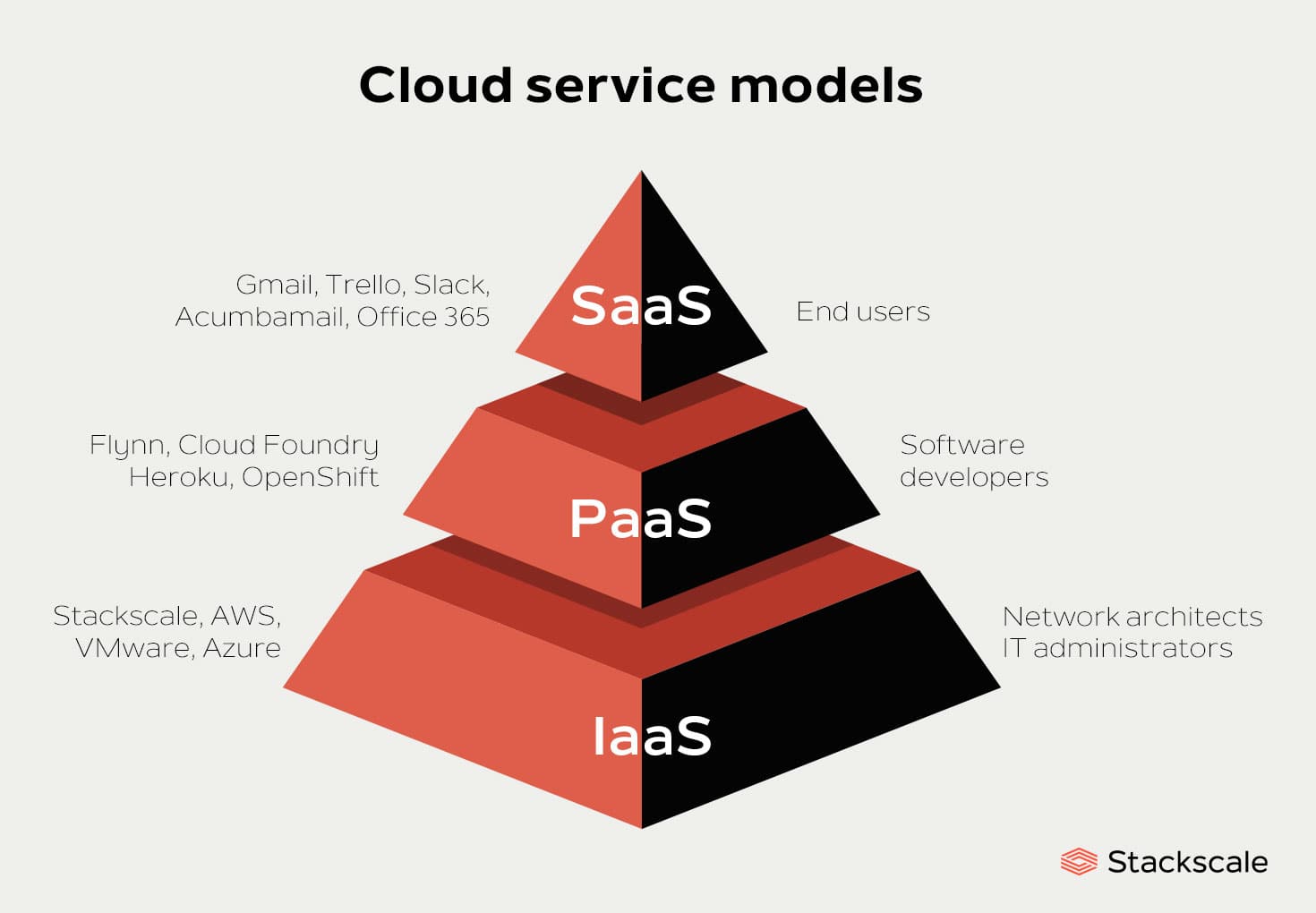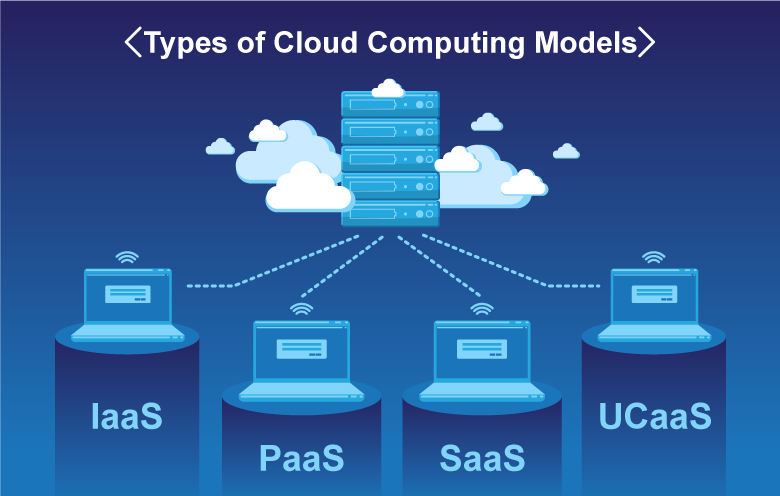Achieve Seamless Scalability With Cloud Solutions
In the ever-evolving landscape of cloud services, achieving smooth scalability stands as a cornerstone for contemporary organizations looking for to stay adaptable and affordable. The mission for seamless scalability with cloud solutions unveils a world of possibilities for those willing to accept the transformative power of vibrant source management.
Advantages of Cloud Scalability
Cloud scalability uses organizations the adaptability to dynamically readjust resources based on demand, guaranteeing optimal efficiency and cost efficiency. Additionally, cloud scalability advertises technology and experimentation by permitting services to easily test new concepts and scale them as required. Inevitably, the benefits of cloud scalability expand past cost savings to encompass enhanced performance, dexterity, and innovation.
Trick Features for Scaling
Reliable scaling in cloud services relies upon vital functions that enable companies to adjust resources dynamically based on demand. One crucial function for scaling is elasticity, enabling sources to scale up or down in reaction to varying workloads. This makes certain that organizations can meet efficiency demands without over-provisioning sources. An additional essential attribute is scalability, making it possible for systems to handle enhanced workload by including sources seamlessly. This feature is critical for fitting growth without compromising efficiency. Furthermore, automation plays an important duty in scaling by automating the provisioning and de-provisioning of resources based upon predefined policies. Automation decreases human treatment, boosts effectiveness, and ensures fast response to transforming demands. Tracking and analytics tools are also important for scaling, giving understandings right into source usage, efficiency metrics, and prospective bottlenecks. These devices make it possible for companies to maximize and make enlightened choices source allowance for efficient scaling. Generally, these vital attributes jointly empower organizations to attain seamless scalability in cloud solutions.
Executing Auto-Scaling Strategies
To successfully maximize resource allocation and adjust to differing work, organizations should strategically implement auto-scaling techniques in their cloud solutions facilities. Auto-scaling allows systems to automatically adjust the variety of compute sources based upon real-time need. There are various auto-scaling methods that organizations can use, such as anticipating scaling, which uses historic data to forecast future resource requirements, and responsive scaling, which replies to present workload changes.

Best Practices for Scalability
For organizations aiming to improve their scalability in cloud solutions, applying finest techniques is vital for optimal efficiency and source administration. One key best technique is making applications with a microservices style. This technique breaks down applications into smaller sized, look these up independent solutions that can be released, updated, and scaled independently, permitting higher flexibility and scalability.
Another vital method is making use of containerization technology, such as Docker or Kubernetes. Containers enable the product packaging of applications and their dependencies right into isolated units, making it less complicated to scale elements individually and deploy them regularly across different settings.
Furthermore, implementing automated deployment and facilities as code (IaC) can simplify scalability efforts (linkdaddy cloud services). Automation devices like Terraform or Ansible aid in provisioning and taking care of resources efficiently, minimizing manual mistakes and making it possible for fast scalability
Additionally, keeping an eye on efficiency metrics, establishing notifies, and conducting routine ability planning are important techniques to ensure proactive scalability monitoring. By adhering to these finest techniques, companies can achieve Recommended Site smooth scalability in their cloud services while optimizing performance and source application.
Surveillance Efficiency Metrics
When examining the efficiency of cloud services scalability, closely checking performance metrics is necessary for ensuring optimal capability and source allocation. By continuously tracking key efficiency signs (KPIs) such as action times, resource, throughput, and latency usage, organizations can gain beneficial understandings right into the wellness and effectiveness of their cloud facilities. Checking efficiency metrics enables the early discovery of prospective traffic jams or issues that can affect scalability, allowing aggressive actions to be required to address them prior to they rise.

Verdict
Finally, achieving smooth scalability with cloud solutions is necessary for organizations to enhance performance, boost technology, and preserve high performance levels throughout peak times. By leveraging the advantages of cloud scalability, carrying out auto-scaling techniques, utilizing essential features such as elasticity and automation, and complying with finest methods like application style and efficiency tracking, organizations can successfully scale their systems while making best use of resource application and performance.
The pursuit for seamless scalability with cloud services unveils a world of opportunities for those prepared to welcome the transformative power of dynamic resource monitoring.
Cloud scalability uses organizations the versatility to dynamically adjust resources based on need, guaranteeing optimum efficiency and expense performance. One more key function is scalability, making it possible for systems to manage enhanced work by including resources perfectly.For organizations intending to enhance their scalability in cloud services, applying ideal techniques is important for optimum performance and source management.When examining the effectiveness of cloud services scalability, closely monitoring performance metrics is essential for making sure optimum functionality and resource allocation.